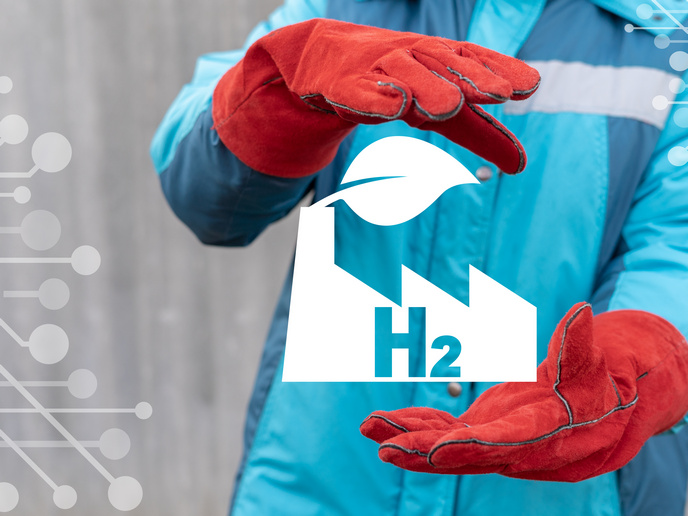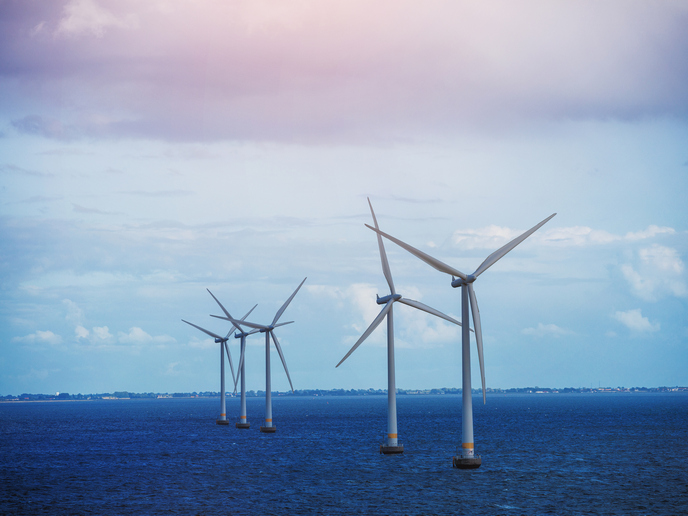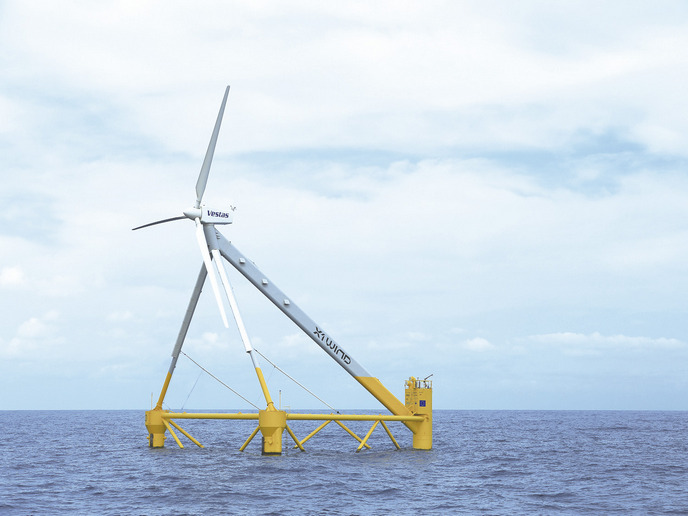Reducing the vulnerability of offshore wind turbines
Various combinations of wind and waves can generate harmful vibrations in wind turbines located offshore. The instabilities that develop can damage components, negatively impact power production and reduce lifetime expectations. The STABCON project investigated passive and active methods to overcome this phenomenon. Wind energy experts with the Energy research Centre of the Netherlands (ECN) contributed to STABCON by developing computer software for offshore wind turbines. The program, entitled TURBU Offshore, employs a frequency domain analysis approach. Wind turbine components such as the rotor shaft and blades are approximated by a system of masses, springs and damper elements. Analysis of up to six degrees of freedom of movement (e.g. yaw, roll, bending, etc.) at a time is possible. The equations of motion are addressed using a linear time-invariant approach with a fixed coordinate system. A number of component ECN models covering aspects such as dynamic stall and cylindrical wake motion have also been integrated. Wind turbine manufacturers can use TURBU Offshore to design prototypes incorporating passive and active control measures. A stripped down version of the software is to be made available to the public, though ECN advises that TURBU Offshore be used only by individuals with suitable qualifications and experience.







